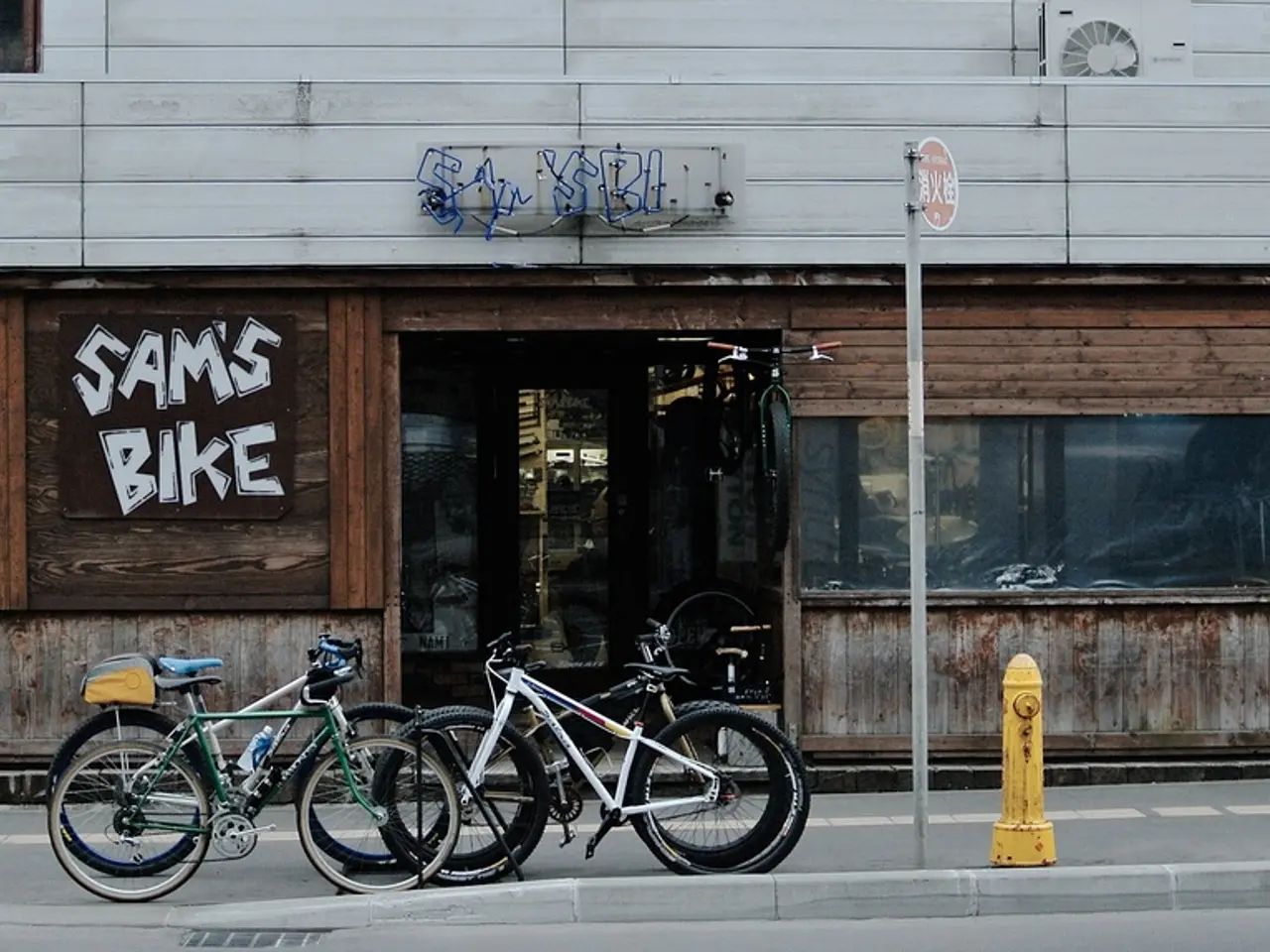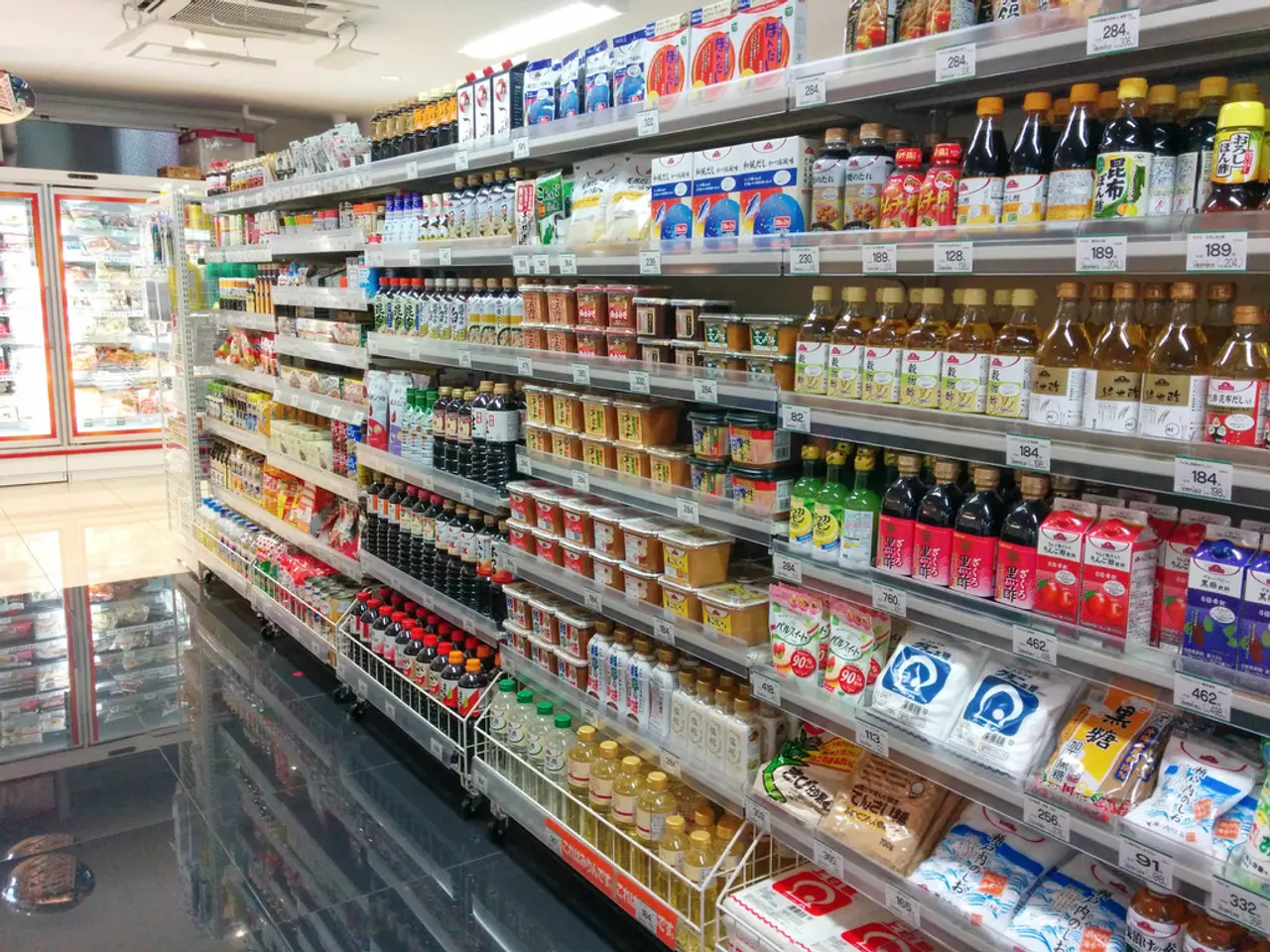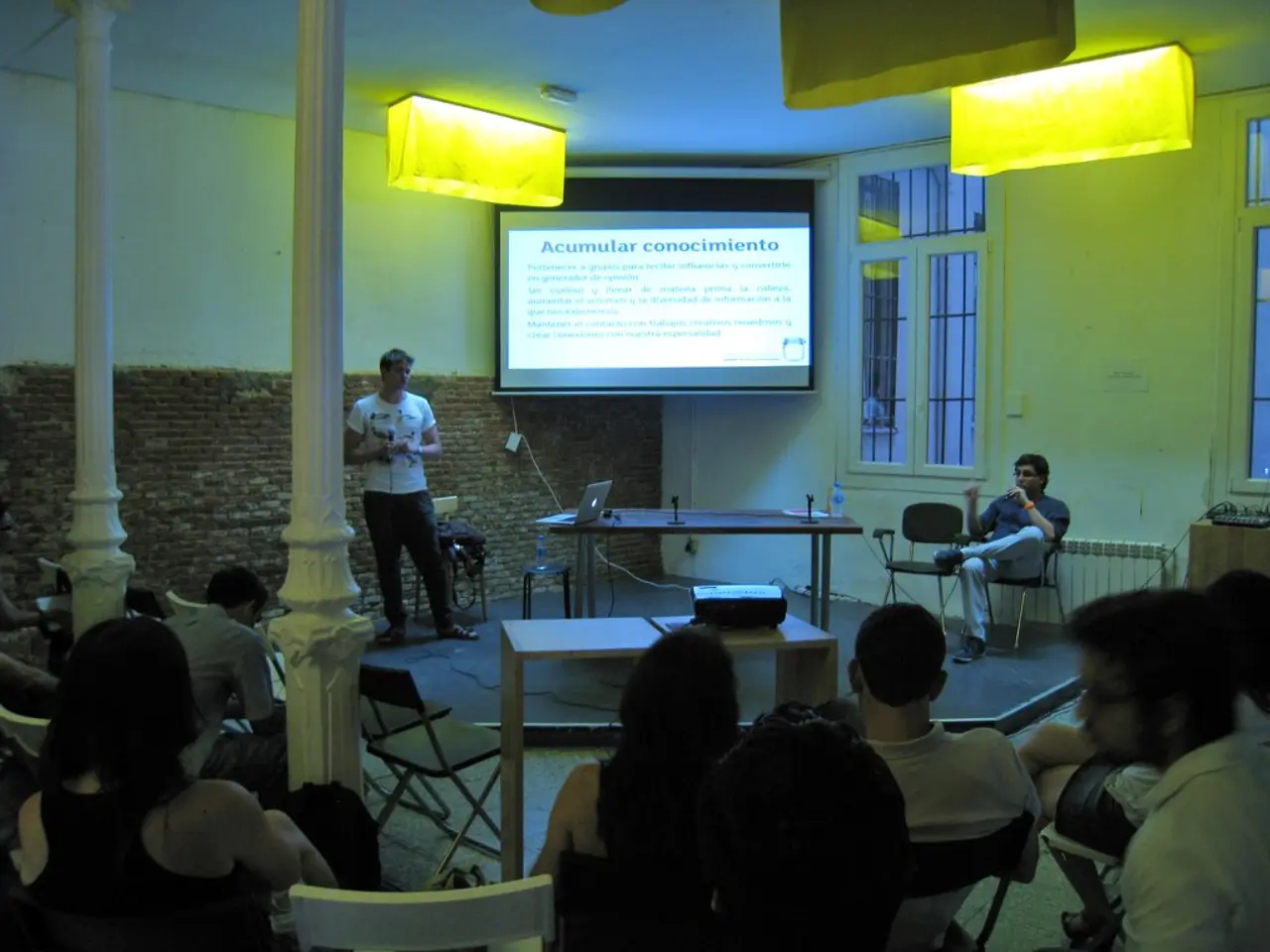Underground Trap: Finland harnesses 14 gigawatt-hours of wasted heat with innovative subterranean pipes
The Lounavoima waste-to-energy plant in Salo, Finland, has made a significant stride in renewable energy by implementing a groundbreaking heat storage system. This innovative setup, a collaboration between Exel Composites, QHeat, and the Lounavoima plant, utilizes Glass Fiber Reinforced Polymer (GFRP) tubes to store excess heat 1.2 miles underground.
The project, completed at the end of July, aims to reshape energy storage and waste heat recovery. The GFRP tubes, designed to be repurposed after use and co-processed into cement, are integral to the system's sustainability.
These tubes enable efficient heat transfer and storage by providing durability and corrosion resistance in harsh underground environments. This helps maintain thermal integrity over long periods, a crucial factor in the system's effectiveness. The benefits of using GFRP tubes in such thermal energy storage systems include energy efficiency, sustainability, and material advantages.
Energy Efficiency: GFRP tubes enable efficient heat transfer and storage, which is essential for maintaining the system's thermal integrity. This, in turn, helps the plant deliver up to 600 percent more energy efficiency than electricity directly.
Sustainability: Utilizing underground geothermal storage reduces reliance on fossil fuels for heating, promoting renewable energy use and lowering greenhouse gas emissions. The GFRP material properties like chemical resistance and low thermal expansion contribute to the longevity and reliability of the system, minimizing maintenance needs and resource consumption.
Material Advantages: GFRP is lightweight yet strong, has temperature resistance suitable for a range of operating conditions, and resists degradation compared to traditional metals or plastics used in piping. This improves the system's lifespan and reduces the environmental footprint associated with frequent replacements.
The stored energy from the Lounavoima waste-to-energy plant can heat around 700 detached houses annually. The heat storage system can capture and preserve up to 14 GWh of surplus heat in the granite bedrock beneath the facility. The stored heat will be released during the colder months to reduce reliance on fossil fuels.
The new setup at the Lounavoima plant helps lower emissions and increase efficiency. It's a testament to the potential of innovative engineering solutions in addressing the challenge of electrifying heating, a process that significantly strains the world's aging power transmission infrastructure.
Erika Salmenvaara, CEO at QHeat, explained the environmental gains that electrification of heating can provide. The tubes' sustainability extends beyond heat storage, contributing to a greener future for energy production and consumption.
As 60 percent of all European Union (EU) heat production still relies on fossil fuels, projects like the Lounavoima heat storage system are a step towards a more sustainable future. The remaining 40 percent of EU heat production is mostly generated through combustion methods such as natural gas and waste incineration. Grid-enhancing technologies are advancing rapidly, offering promising solutions for a more efficient and sustainable energy landscape.
- The collaboration between Exel Composites, QHeat, and the Lounavoima plant, which implemented a groundbreaking heat storage system using Glass Fiber Reinforced Polymer (GFRP) tubes, aims to reshape energy storage and waste heat recovery, providing benefits such as energy efficiency, sustainability, and material advantages.
- The GFRP tubes used in the Lounavoima's heat storage system are designed to be repurposed after use and co-processed into cement, contributing to the system's sustainability.
- The stored heat from the Lounavoima waste-to-energy plant can heat around 700 detached houses annually, reducing reliance on fossil fuels during the colder months.
- With 60 percent of all European Union (EU) heat production still relying on fossil fuels, projects like the Lounavoima heat storage system are a step towards a more sustainable future, as grid-enhancing technologies are advancing rapidly and offering promising solutions for a more efficient and sustainable energy landscape.




